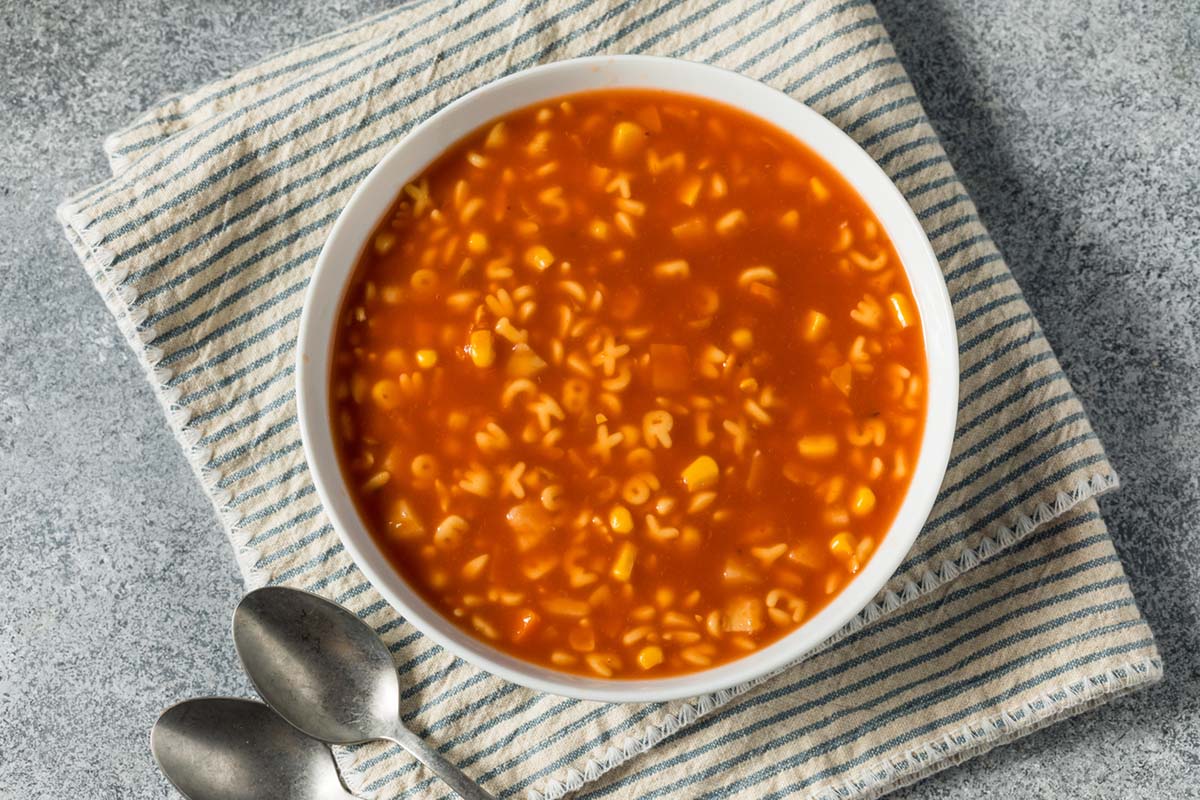"K2/Spice": Have You Updated Your Differentials? A Case Report
To the Editor: Recreational drug users have recently begun using herbal marijuana alternatives (HMAs). Two such compounds that have gained popularity in the United States are "Spice" and "K2." We present the case of a man who experienced symptoms of panic, agitation, paranoia, and delirium after using K2.
Case report. Mr A, a 29-year-old white, mildly obese veteran, had a history of alcohol dependence and current marijuana dependence in early partial remission and was on treatment with sertraline 100 mg daily for DSM-IV major depressive disorder, recurrent without psychotic features. He came to the emergency department after he had a panic attack followed by an episode of agitation. He reported that his panic attack lasted about 15 minutes. During the attack, he had feelings of choking, palpitations, a "feeling as if he was going to die," dizziness, shortness of breath, and abdominal pain. His panic attack had abated when he came to the emergency department. Mr A was aggressive and hostile in the emergency department and seemed paranoid. He seemed to be responding to external stimuli when brought in.
The patient was given a 2-mg intramuscular injection of lorazepam while in the emergency department, after which he was less agitated. Upon arousal, Mr A still seemed paranoid. On physical examination, he had conjunctival injection in both eyes. His pulse rate was 110 bpm. Lungs were clear to auscultation, and no rhonchi or wheezing was detected. Heart sounds S1 and S2 were heard and evidenced no abnormalities, and no murmurs were noted. On chest x-ray, no infiltrates were observed. A head computed tomography scan showed no acute hemorrhages. Most laboratory results were within normal limits, except blood hemoglobin level was 12.1 g/dL and serum sodium level was 131 mmol/L. Urine drug screen was negative, blood alcohol level was less than 0.03%, and white blood cell count was 10.2 ×— 109/L. His complete blood count, basic metabolic panel, and liver function were completely within normal limits, and his urinalysis revealed no abnormalities. Salicylate and acetaminophen levels were within the therapeutic range. Blood cultures and urine cultures were negative.
All organic and other causes of delirium were ruled out. He was admitted to the psychiatric unit. He was given lorazepam 2 mg orally every 8 hours as needed for his anxiety. During the next 2 days, the patient’s mental status improved. Mr A admitted to using K2, the synthetic marijuana. He reported using marijuana in the past but that he had not used it in the previous 2 months. He reported substituting K2 for the marijuana, as he was trying to wean himself from his addiction.
Marijuana has been used medicinally for a long time in many countries around the world. Tetrahydrocannabinol (THC) and structurally related compounds are present in marijuana, and they are responsible for the psychoactive properties of marijuana.1,2 Marijuana and its derivatives act on cannabinoid receptor type 1 (CB1R) and type 2 (CB2R). The CB1R receptors are located in the central nervous system (CNS) and in the peripheral nervous system. In the CNS, they are predominantly located in the hippocampus, basal ganglia, and cerebellum.3 Agonists at these receptors, including THC, produce the psychoactive properties seen in marijuana use. Very few CB1Rs are present in the brainstem, and hence toxicity is rare with the agonists at these receptors except at very high doses.4 CB2Rs are located on the periphery, outside the CNS. CB2Rs are involved with immune function and in a healthy human being are virtually absent in the CNS.5 Tetrahydrocannabinol also acts on the CB2Rs. CB2Rs are not known to cause any psychoactive effects as seen with CB1R agonism. These receptors are mostly involved in immunosuppressive effects.6
Many pharmaceutical companies have prepared synthetic THC compounds called cyclohexylphenols (or CP compounds).7 J. W. Huffman, a scientist, also invented other compounds initialed after his name as JWH compounds. JWH compounds would also bind to the CB1Rs and the CB2Rs with varying affinities. It was postulated that JWH-018 and JWH-073 bind to both the CB1Rs and the CB2Rs with varying affinities whereas JWH-015 binds only to the CB2Rs.8,9 The JWH compounds and the CP compounds have higher potency at the CB1Rs.
Recreational drug users have recognized and misused cannabinoids that have effect through the CB1Rs, selecting the ones that are not regulated through the existing statutes and that are not detectable by the regular urine drug screens,10 including K2/Spice. These substances are sold as "herbal incense" or "potpourri" and labeled "not for consumption."11 These have been adulterated with synthetic cannabinoid receptor agonists.12 Some of the synthetic agonists seen are JWH-018, JWH-073, and CP-47,497, all of which act on the CBR1s. JWH-015, which acts on the CBR2s and lacks psychoactive properties, never appears in these adulterations, which specifies that these products are adulterated to be sold for their psychoactive properties.7
Since 2011, the US Drug Enforcement Administration (DEA) gave Schedule I status to JWH-018, JWH-073, JWH-200, CP-47,497, and CP-47,497C8 homolog.13 Psychotropic manifestations that have been reported in the literature include anxiety, avoidance of eye contact, paranoid delusions, and agitation.12,15 Physical manifestations that can be seen with the HMAs are tachycardia, diaphoresis, conjunctival injection, xerostomia, and mild hypokalemia.12 There have been reports of myocardial infarction as well.15 Synthetic marijuana cannot be detected by the regular immunoassay tests targeted toward THC. They can be detected by gas chromatography mass spectrometry (GC-MS).16 Hence, the evaluating clinicians should consider HMAs in differential diagnosis for new-onset psychosis and ask about them during evaluation since they are undetectable on standard urine assays.
There is no specific antidote recognized for treatment after HMA use. Any patient with physical and psychological manifestations should be provided medical care. Poison control should be called when HMA use is suspected. It is recommended that supportive care along with benzodiazepine treatment should be provided for agitation and anxiety.11
References
1. Zuardi AW. History of cannabis as a medicine: a review. Rev Bras Psiquiatr. 2006;28(2):153-157. PubMed doi:10.1590/S1516-44462006000200015
2. Turcotte D, Le Dorze JA, Esfahani F, et al. Examining the roles of cannabinoids in pain and other therapeutic indications: a review. Expert Opin Pharmacother. 2010;11(1):17-31. PubMed doi:10.1517/14656560903413534
3. Eggan SM, Lewis DA. Immunocytochemical distribution of the cannabinoid CB1 receptor in the primate neocortex: a regional and laminar analysis. Cereb Cortex. 2007;17(1):175-191. PubMed doi:10.1093/cercor/bhj136
4. Howlett AC, Breivogel CS, Childers SR, et al. Cannabinoid physiology and pharmacology: 30 years of progress. Neuropharmacology. 2004;47(suppl 1):345-358. PubMed doi:10.1016/j.neuropharm.2004.07.030
5. Atwood BK, Mackie K. CB2: a cannabinoid receptor with an identity crisis. Br J Pharmacol. 2010;160(3):467-479. PubMed doi:10.1111/j.1476-5381.2010.00729.x
6. Klein TW, Newton C, Larsen K, et al. The cannabinoid system and immune modulation. J Leukoc Biol. 2003;74(4):486-496. PubMed doi:10.1189/jlb.0303101
7. Seely KA, Prather PL, James LP, et al. Marijuana-based drugs: innovative therapeutics or designer drugs of abuse? Mol Interv. 2011;11(1):36-51. PubMed doi:10.1124/mi.11.1.6
8. Huffman JW. Cannabimimetic indoles, pyrroles, and indenes: structure-activity relationships and receptor interactions. In: Reggio PH, ed. The Cannabinoid Receptors, The Receptors, Part I. Totowa, NJ: Humana Press; 2009:49-94. doi:10.1007/978-1-59745-503-9_3
9. Shim JY, Welsh WJ, Howlett AC. Homology model of the CB1 cannabinoid receptor: sites critical for nonclassical cannabinoid agonist interaction. Biopolymers. 2003;71(2):169-189. PubMed doi:10.1002/bip.10424
10. Whalen J. In quest for "legal high," chemists outfox law. in Wall Street Journal, October 30, 2010. http://online.wsj.com/article/SB10001424052748704763904575550200845267526.html.
11. Rosenbaum CD, Carreiro SP, Babu KM. Here today, gone tomorrow’ ¦and back again? a review of herbal marijuana alternatives (K2, Spice), synthetic cathinones (bath salts), kratom, Salvia divinorum, methoxetamine, and piperazines. J Med Toxicol. 2012;8(1):15-32. PubMed doi:10.1007/s13181-011-0202-2
12. Benford DM, Caplan JP. Psychiatric sequelae of Spice, K2, and synthetic cannabinoid receptor agonists. Psychosomatics. 2011;52(3):295. PubMed doi:10.1016/j.psym.2011.01.004
13. US Department of Justice Drug Enforcement Administration. Scheduling update. Microgram Bulletin. 2011;44(1):1-4.
14. Every-Palmer S. Warning: legal synthetic cannabinoid-receptor agonists such as JWH-018 may precipitate psychosis in vulnerable individuals. Addiction. 2010;105(10):1859-1860. PubMed doi:10.1111/j.1360-0443.2010.03119.x
15. Mir A, Obafemi A, Young A, et al. Myocardial infarction associated with use of the synthetic cannabinoid K2. Pediatrics. 2011;128(6):e1622-1627. PubMed
16. Auwärter V, Dresen S, Weinmann W, et al. ‘ Spice’ and other herbal blends: harmless incense or cannabinoid designer drugs? J Mass Spectrom. 2009;44(5):832-837. PubMed doi:10.1002/jms.1558
Author affiliations: Department of Psychiatry, Yale University School of Medicine, New Haven, Connecticut (Dr Sethi); Department of Psychiatry, Carilion Clinic-Virginia Tech Carilion School of Medicine, Roanoke (Dr Thapa); Department of Integrative Physiology, University of North Texas Health Science Center, Fort Worth (Dr Saxena); and Veterans Affairs Medical Center, Salem, Virginia (Dr Chahil).
Potential conflicts of interest: None reported.
Funding/support: None reported.
Published online: April 25, 2013.
Prim Care Companion CNS Disord 2013;15(2):doi:10.4088/PCC.12l01402
© Copyright 2013 Physicians Postgraduate Press, Inc.





